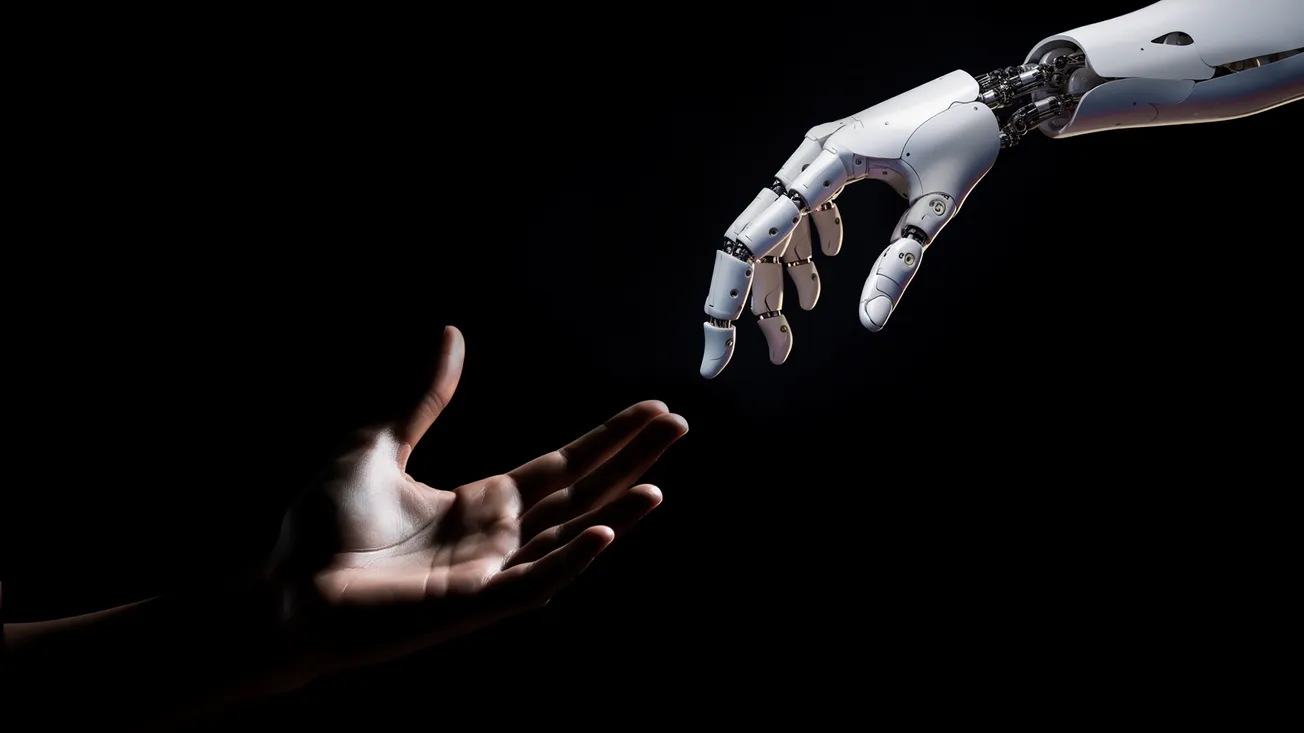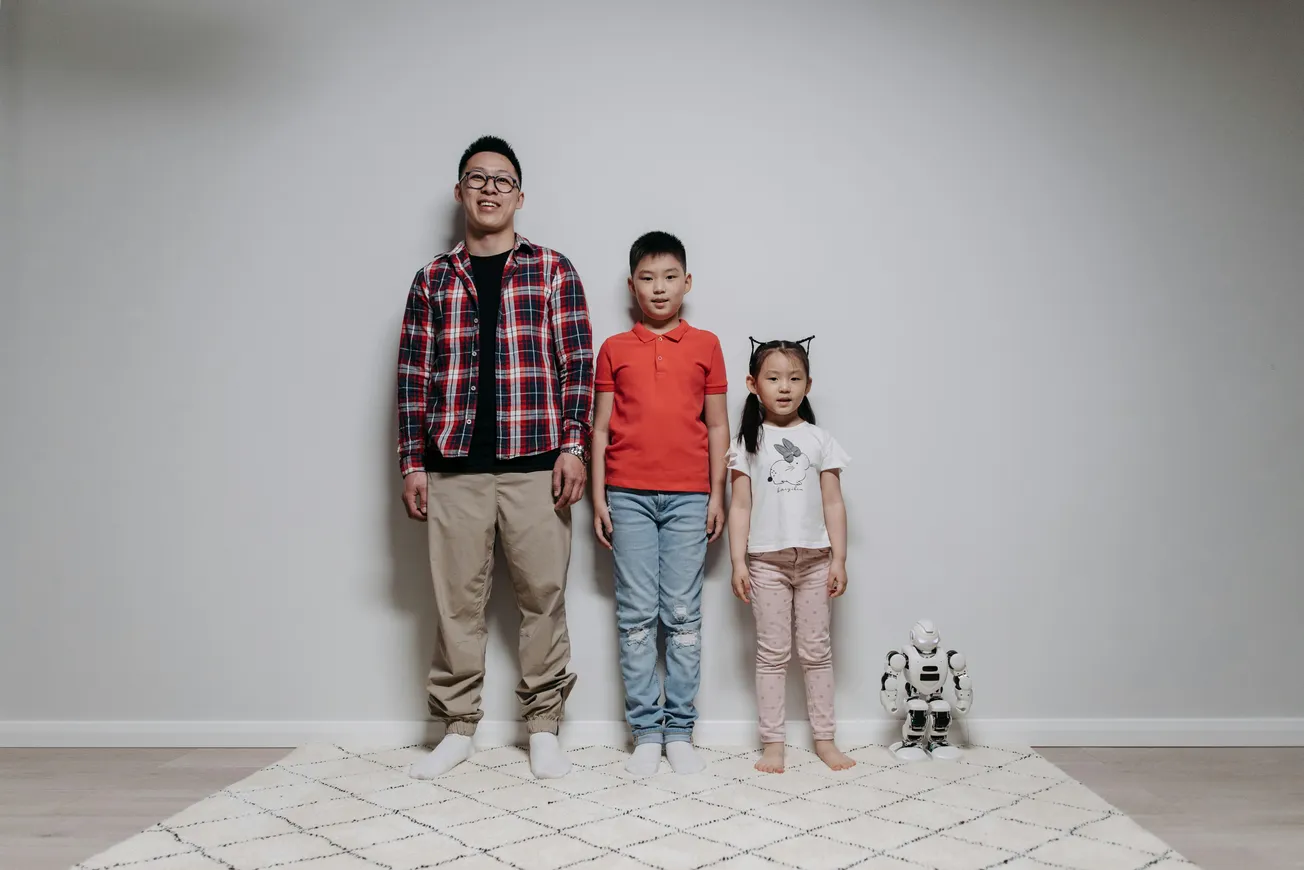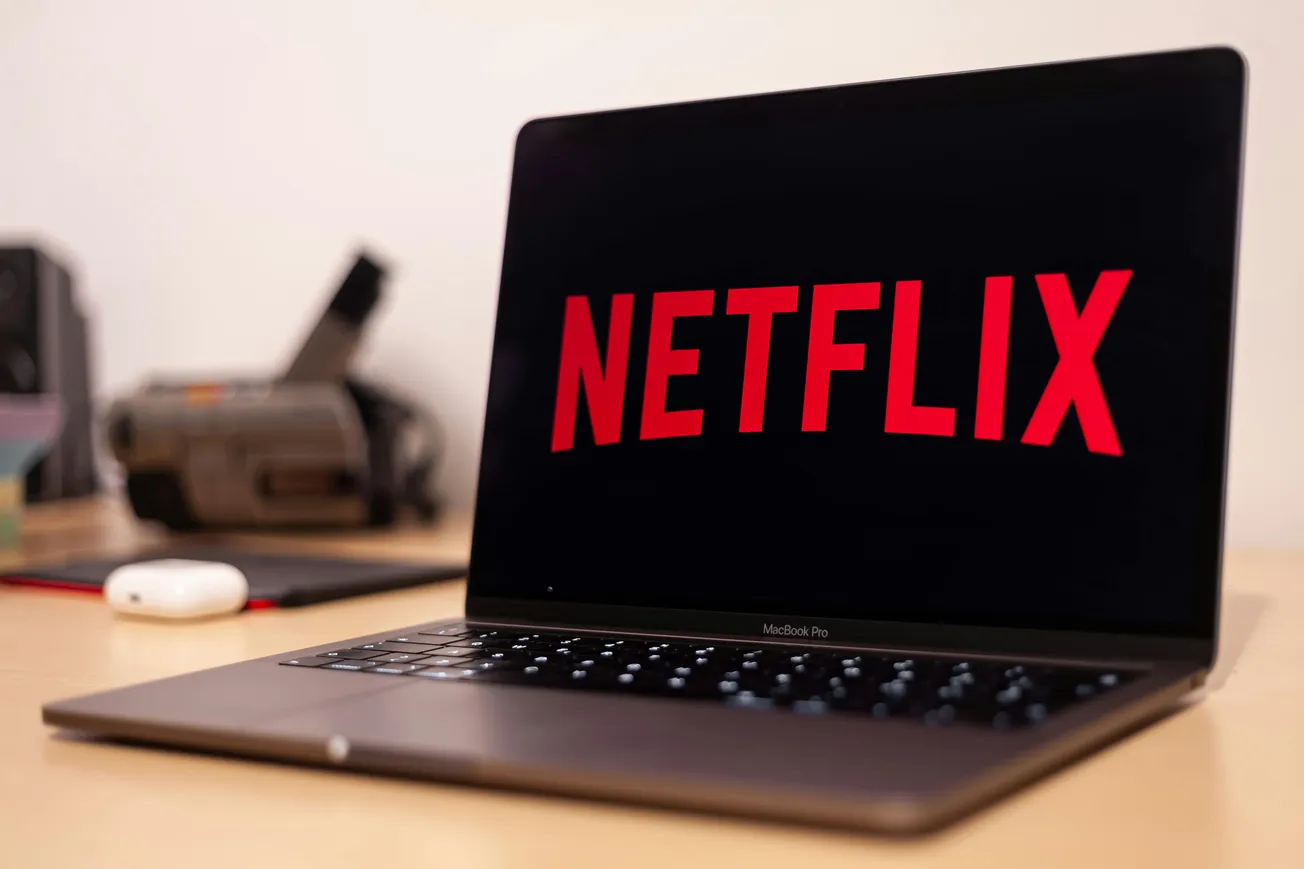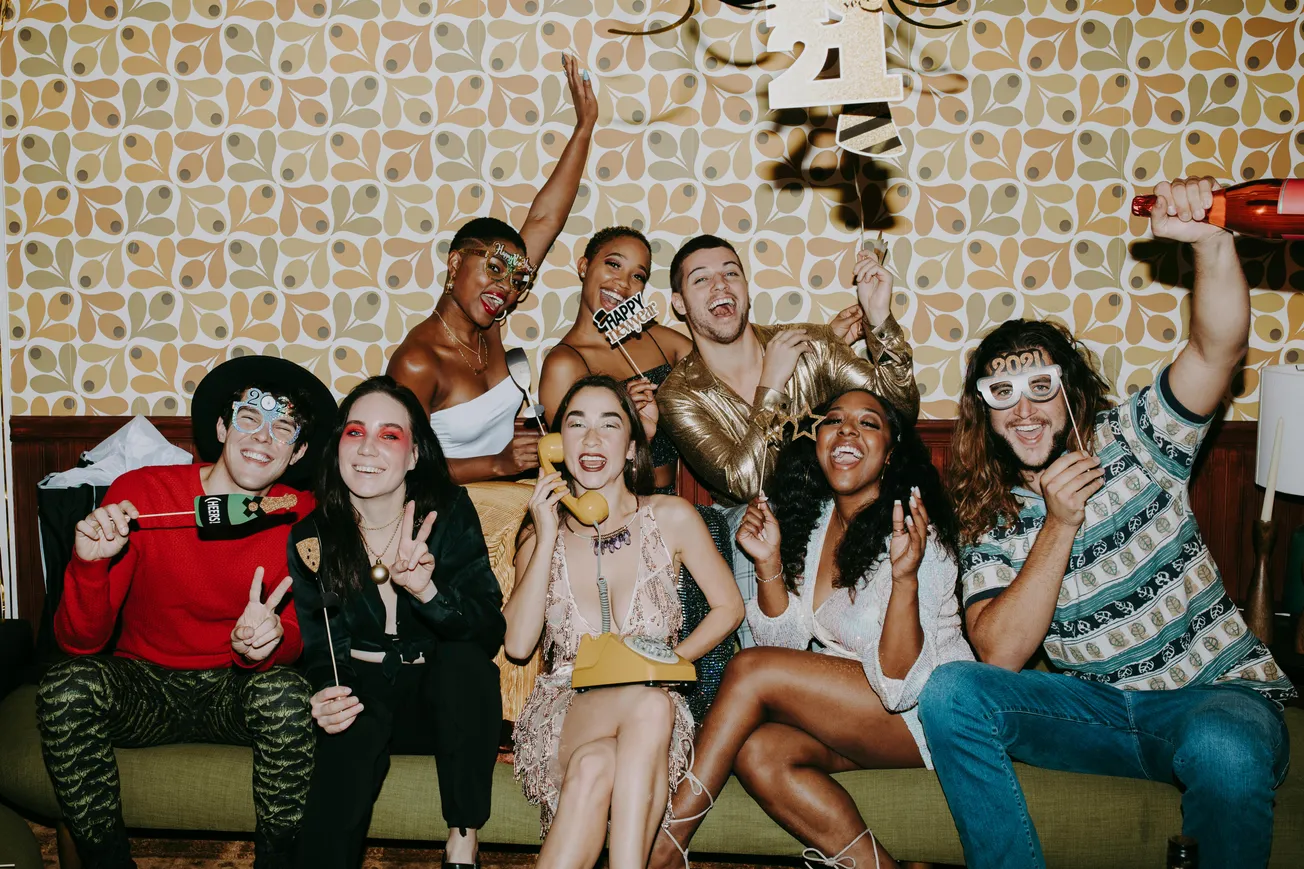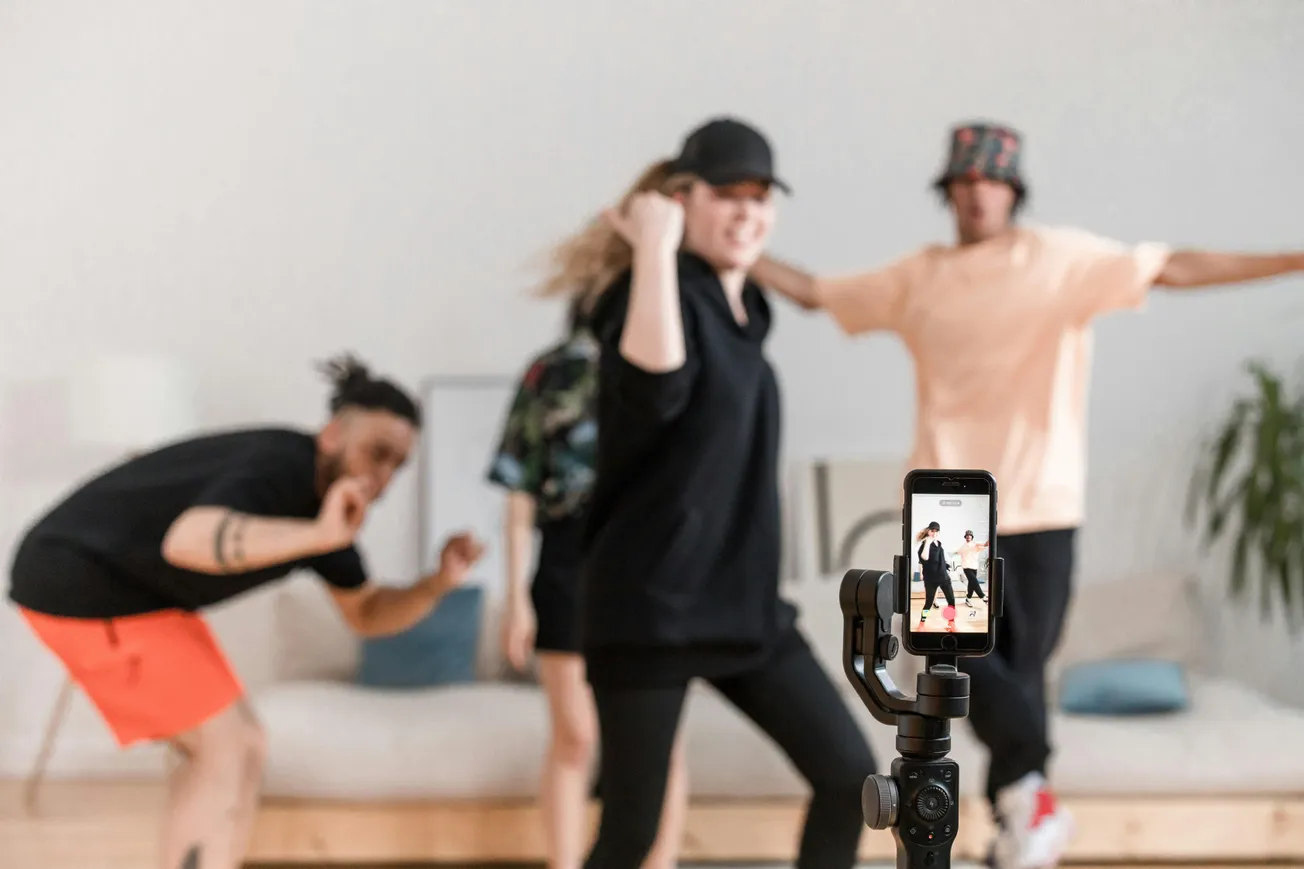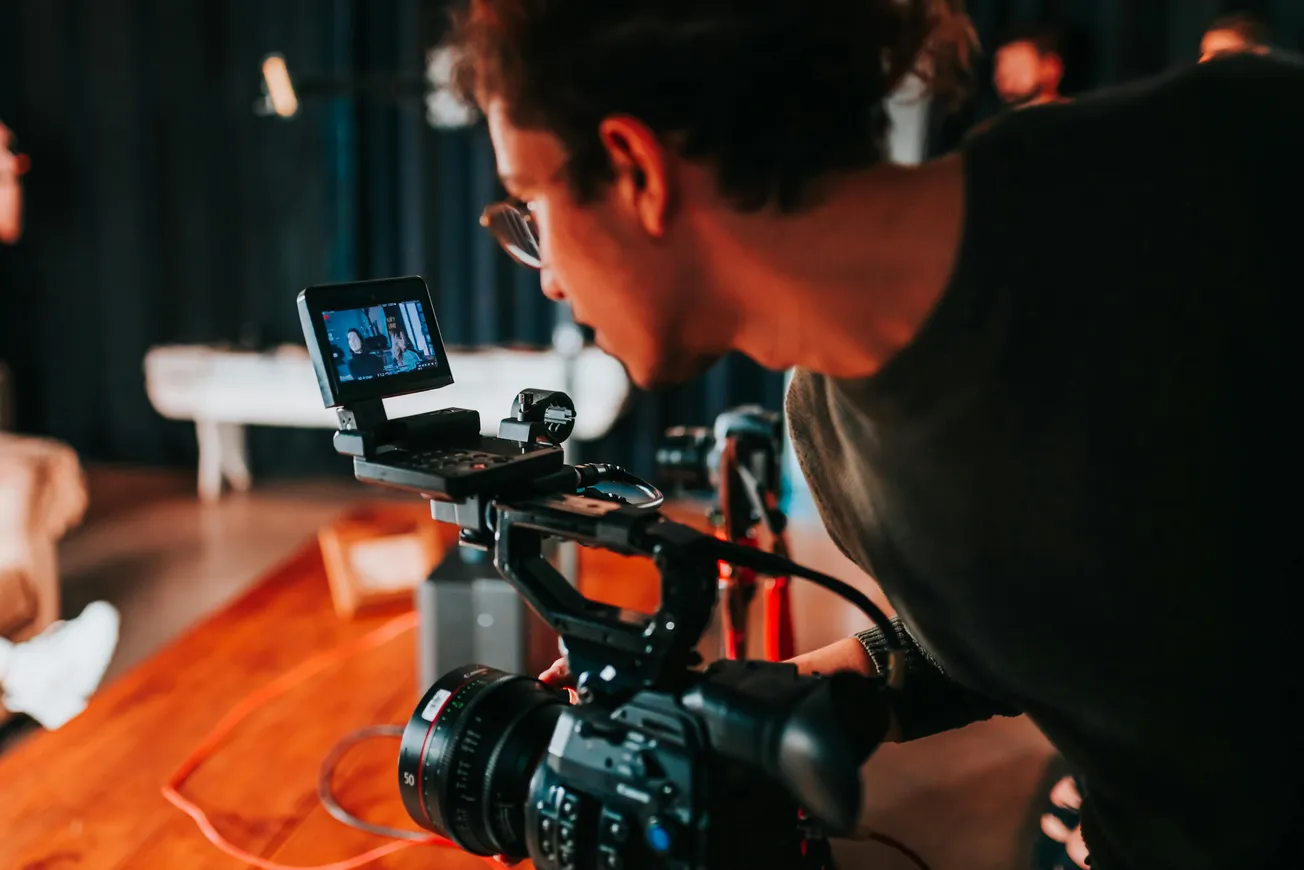For decades, audiences consumed what creators produced – no edits, no influence, no dialogue. But the rise of interactive AI is dissolving that boundary. Instead of just watching, listening or reading, audiences can now shape the content itself in real time. The result is an entirely new creative dynamic where humans, AI and audiences work together to make stories, videos and experiences.
This shift has profound implications for engagement, monetization and the future of creative work. Here is what’s happening and why it matters.
From Tool to Creative Partner
AI is no longer just a background assistant automating captions or editing timelines. It’s stepping into the role of collaborator.
In live performances like the K-Phi-A collective’s Revival, AI-generated music and visuals react instantly to human improvisation, making the audience part of the moment. In the dance world, projects such as Lilith.Aeon use AI to choreograph alongside performers, with real-time adjustments triggered by audience interaction.
This collaborative model turns content creation into an evolving conversation, and it can adapt on the fly instead of staying fixed after production.
Audiences as Story Shapers
Interactive theatre productions, such as Dead Air and AI: The Waiting Room at the Edinburgh Fringe Festival, put audiences in the director’s chair. AI systems weave participant input into branching narratives, creating one-of-a-kind experiences.
For video creators and podcasters, this opens new possibilities. Imagine livestreams where AI synthesizes audience comments into interview questions or episode topics in real time. The audience is no longer a passive metric; they are a creative partner.
Predicting Reactions Before Publishing
Some AI tools, like SimTube, simulate audience responses before a piece of content goes live. This “virtual focus group” can flag pacing issues, unclear moments or missed emotional beats, allowing creators to make tweaks that improve watch time and shareability.
For marketing-driven podcasts and branded video content, this could mean testing multiple versions of an intro or storyline and choosing the one AI predicts will resonate most.
New Creative Business Models
Studios like Chronicle are already using AI to help creators package, distribute and even finance projects. This includes auto-generating social snippets, designing thumbnails and producing audience engagement reports. The emphasis is on deepening fan relationships and extending the lifecycle of each piece of content.
When paired with audience co-creation, these tools could allow micro-creators to run campaigns that feel as responsive and personal as those from large production teams.
The Human Factor Still Wins
Even as AI takes on more visible creative roles, human authenticity remains irreplaceable. Research from the freelance economy shows growing demand for unique, emotionally resonant work and content that feels distinctly human, even if AI assists in its creation.
Creators who lean into their personality, perspective and lived experience will stand out in a landscape where AI can generate polished but generic material at scale.
Navigating Ethics & Transparency
With AI increasingly able to “talk back” to audiences, ethical guidelines become essential. Will your viewers know when they are engaging with an AI collaborator instead of you? Will audience input be stored, reused or monetized?
Clear disclosure builds trust and can even become a selling point, positioning your brand as a pioneer in responsible AI collaboration.
Action Steps for Creators
- Experiment with real-time audience input during livestreams, AMAs or interactive sessions.
- Test AI-assisted pre-production using audience simulation tools for scripts, episode outlines or scene flows.
- Integrate AI co-creation gradually, starting with supplemental tasks like captioning, summaries and polls before inviting it to drive key narrative elements.
- Prioritize your human voice: your authenticity is the glue that keeps AI collaboration compelling.
When AI starts co-creating with audiences, it transforms the creative process from a one-way broadcast into a three-way partnership. The most successful creators will not be the ones who resist this shift, but those who embrace it with intentionality, blending AI’s speed and adaptability with audience insight and their own human touch.
The next era of storytelling isn’t just for audiences – it is with them.


